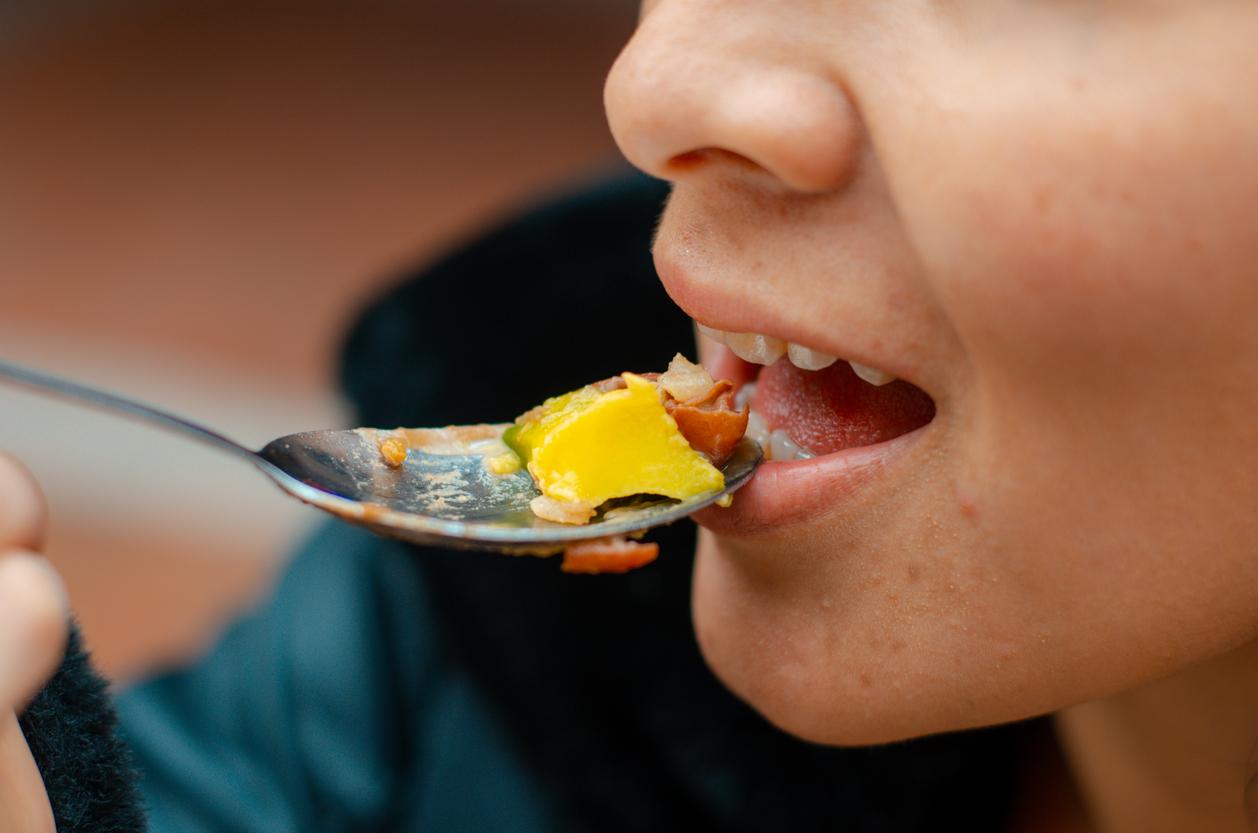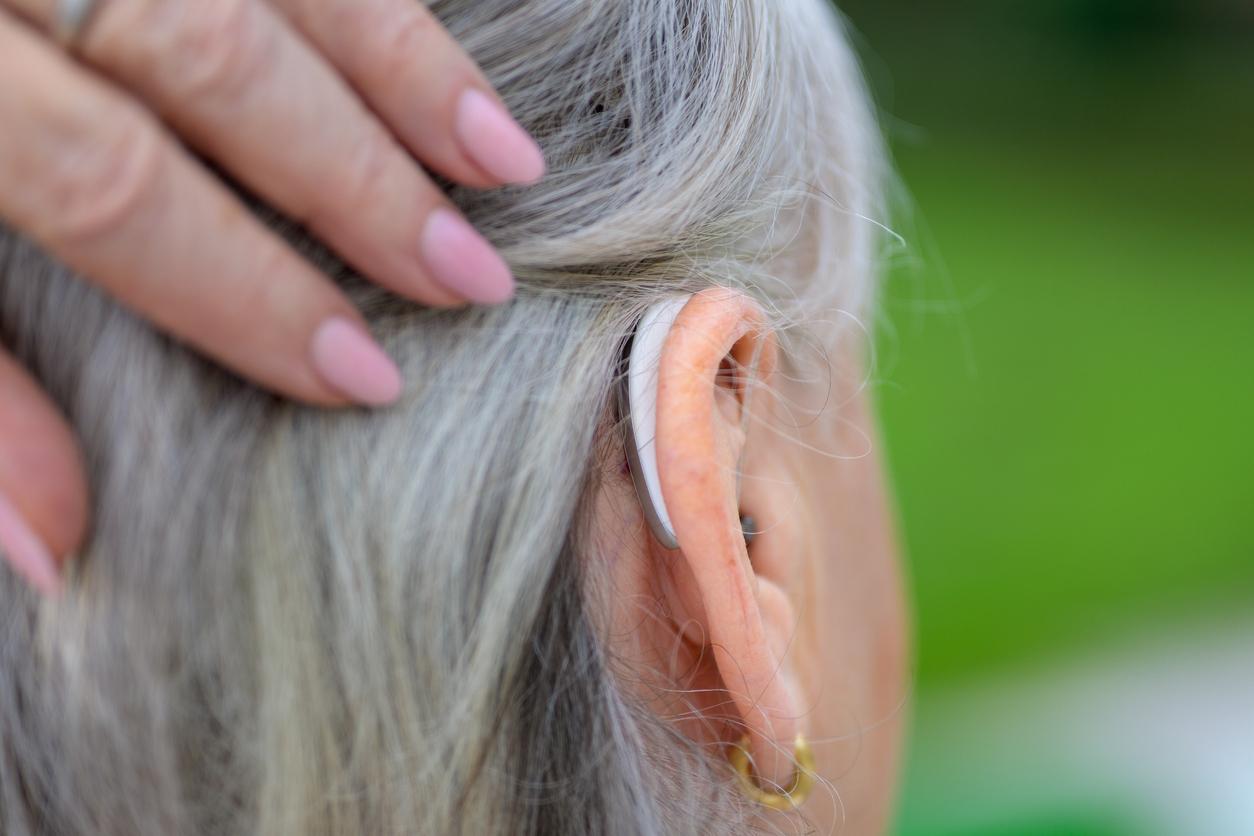An anatomical difference on the surface of the tongue explains why ethnicity plays a role in bitter taste sensitivity.

- The fungiform papillae, located at the tip of the tongue, are known to contain a large portion of our taste buds and play a central role in our food and taste experiences.
- The Chinese generally have more of these taste buds than the Danes, explaining why they are better at tasting bitter flavors.
- Food texture or food culture are other factors that influence taste.
- Food texture or nutritional culture are other factors that influence taste.
Danes and Chinese have a different taste of broccoli and chocolate. Danish researchers from the University of Copenhagen suggest that ethnicity may play a role in a person’s sensitivity to bitter tastes found in, for example, broccoli, Brussels sprouts and dark chocolate. This work was published on September 29 in the journal Medical Image Computing and Computer Assisted Intervention – MICCAI.
The taste buds at the tip of the tongue
The surface of the tongue explains the difference in taste between people. “Our studies show that the vast majority of Chinese subjects are more sensitive to bitter tastes than Danish subjects.observed Professor Wender Bredie of the Department of Food Science at the University of Copenhagen. We also see a link between the prominence of bitter taste and the number of small bumps, called papillae, on a person’s tongue..” Using a new artificial intelligence method, the researchers analyzed the number of mushroom-shaped fungiform papillae on the tongues of 152 test subjects. Half of them were Danish and the other half Chinese. The fungiform papillae, located at the tip of the tongue, are known to contain a large portion of our taste buds and play a central role in our food and taste experiences.
The analysis showed that Chinese participants generally have more of these taste buds than Danish subjects. A result which, according to the researchers, explains why the Chinese are better at tasting bitter flavors. Professor Wender Bredie points out that larger cohorts need to be examined before firm conclusions can be drawn about whether these apparent differences between Danes and Chinese hold at the general population level. “It is important for Danish food producers who export to Asia to know that Asian and Danish consumers probably have different tastes for the same product.says the researcher. This should be considered when developing products.”
The Danes prefer to chew, not the Chinese
Genetics is just one of many factors that influence our experience of food, the researchers say. “Texture is anotherthey add. Think, for example, of the difference between snacking on crispy potato chips from a newly opened bag and eating soft potato chips from a bag opened the night before. Here, many Danes would probably prefer crispy to soft, even though the taste is similar.”
The Danes seem to prefer foods that require good chewing. The vast majority of Chinese (77%) prefer foods that do not require a lot of chewing, the reverse is true for Danish subjects while 73% of Danish participants prefer to eat foods with a harder consistency that require biting and chewed. The reason for this difference remains unknown, but researchers suspect it stems from differences in food culture and the ways we learn to eat. Studies do not show that the shape of the tongue makes a difference here.
.

















